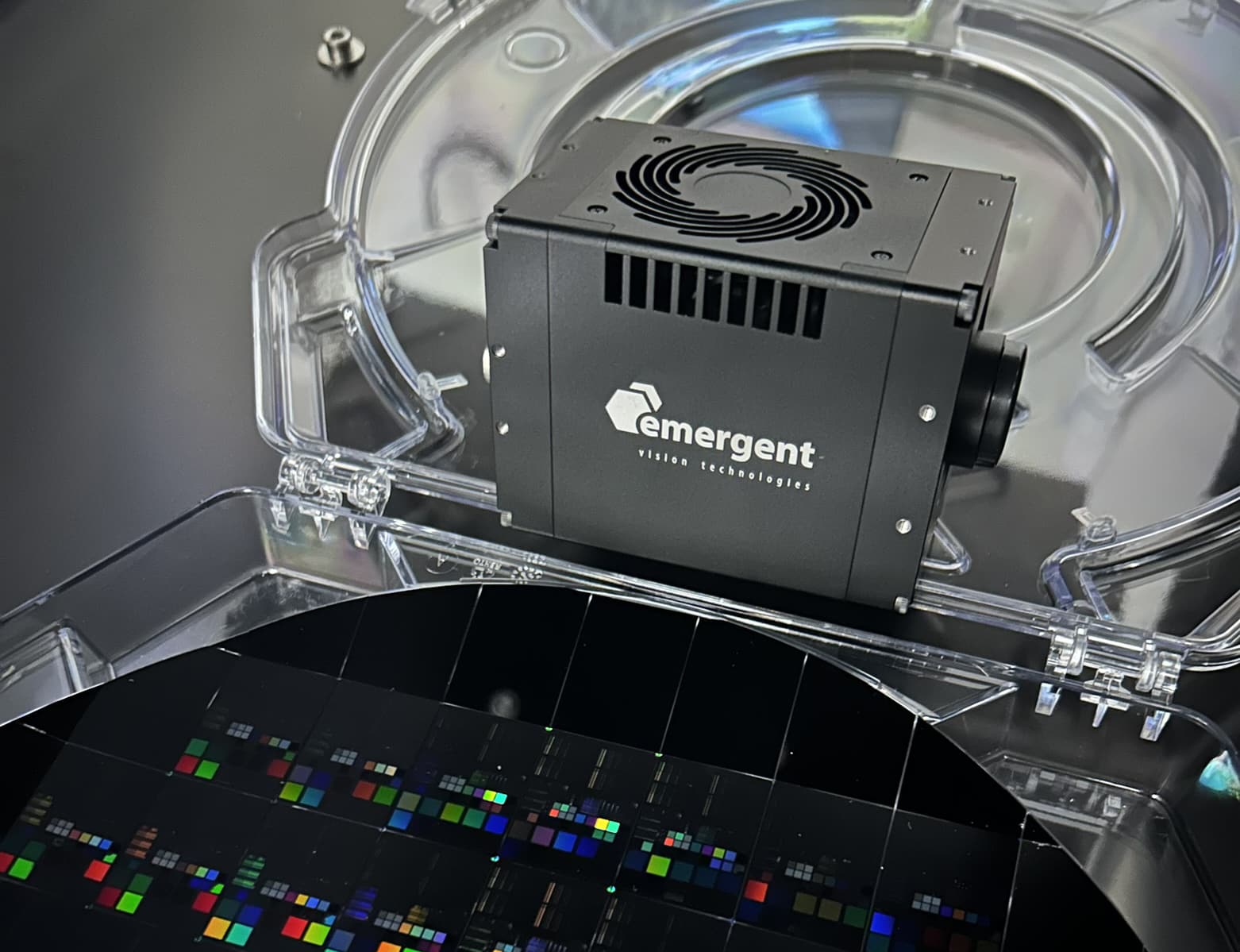The Emergent Difference: Multiple Cameras with Accurate Synchronization
In a previous blog post we discussed how Emergent cameras are designed to offer unmatched server performance allowing customers to reliably multiplex multiple cameras on a single server.
Our second major advantage is our in-depth experience in creating multi-camera systems with or without accurate synchronization.
Many of our customers in the virtual reality or broadcasting fields use multiple cameras per system. This means two or more cameras will be capturing images at the same time requiring precise synchronization to ensure optimal results to analyze high-speed events.
Precision Time Protocol (PTP)
The beauty of Precision Time Protocol (PTP) is that it is scalable where the switches used to pass time around the network can be of a variety of port counts with the lower port counts being quite affordable. In general, switch prices are dropping all the time and are no longer seen as cost prohibitive in comparison to the servers and other system components. The PTP feature is supported through our Emergent eSDK software and we have functional code examples as part of the eSDK which can give your development a jump start. The switches employed provide other benefits including redundancy and camera multiplexing.
Ten of our 10GigE cameras like our HR-12000-SC could be multiplexed onto a single 100GigE link back to a server holding a single-port 100GigE NIC. This is necessary for some systems, which use servers with limited PCIe slots which hold the NICs. Consider that in a 10 camera per PC application that this would require 5x dual port 10GigE NICs which increases server cost due to higher slot count in addition to the added cost of the 5x Dual 10G NICs vs 1x Single 100G NIC. And note that a 100G NIC from Emergent will come with best in class performance advantages.
If we compare to competing products like CoaXPress CXP6 and CXP12, 10GigE and 25GigE support PTP while other interface technologies rely on trigger signals passed to each camera via independent cabling or trigger signals which are fed to the costly frame grabber, which then feeds the trigger back to the cameras.
In the end, PTP is a very well known and supported technology for synchronization while hardware triggering is specific to machine vision. The system can also conveniently scale in a cost effective and deployable manner
Get our 10 and 25GigE white paper
For further information, and to learn more about the benefits of Emergent’s 10 and 25GigE cameras please download our 10 and 25Gige White Paper.




